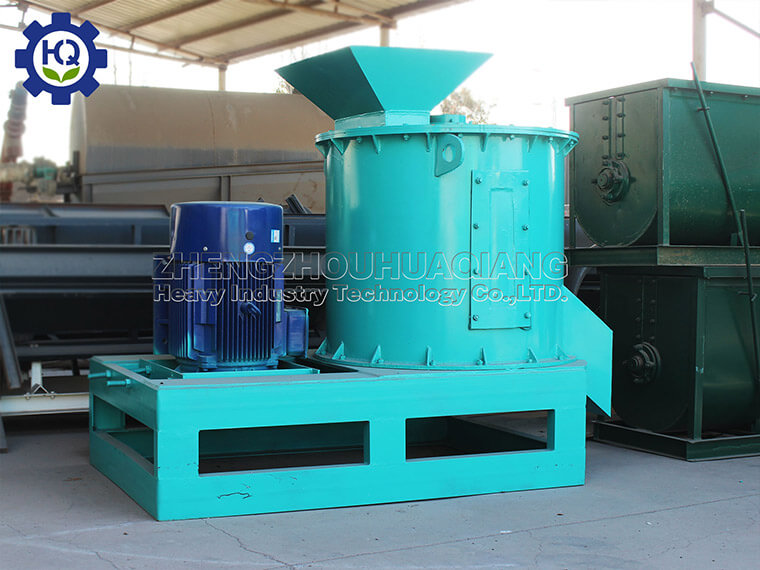Advantages of double roll extrusion granulator for organic fertilizer granulation
Due to the long-term application of chemical fertilizers, the lack of organic fertilizers, and the imbalance of various nutrient ratios, the farmland ecological environment, soil physical and chemical properties and soil microbes are in my country. The bio-organic fertilizer has achieved satisfactory results in the verification of fertilizer efficiency and various crops, and has been recognized by many citizens.
Organic fertilizer granulator equipment double roller granulator uses pressure to agglomerate the solid material, and then squeezes the material through two counter-rotating rollers, which are driven by an eccentric sleeve or a hydraulic system. When extruding solid materials, the air between the powder particles is first removed to rearrange the particles, thereby eliminating the gaps between the materials.

In the npk production line, the extruded organic fertilizer granulator should prevent the granular powder materials from being put into the extrusion granulation equipment, and then the powder materials are compressed by external force. Due to the different modes of external force used, the molecules are reassembled so that the material assumes cylindrical particles. The entire production and extrusion process is mechanized without manual operation. However, agitation granulation primarily uses agitation to form a material into a circle. The bulk product produced by the extruded organic fertilizer granulator has a thickness of 5-20 mm and a surface density of 1.5-3 times that of the feed. The chunks are then sliced, crushed and sieved to obtain the desired granular product.
The double-roll extrusion granulator adopts the non-drying and normal temperature process, and the particle strength is high. In the npk fertilizer production line, the increase in the accumulation proportion is more obvious than other granulation methods, the reliability of electric power small operation, the three kinds of wastes are not discharged, and the operation is stable , easy maintenance, reasonable process layout, advanced technology and low production cost. The twin-roll extrusion granulator realizes the green reuse of resources and has huge market potential.
.jpg)
.jpg)



.jpg)
.jpg)

.jpg)